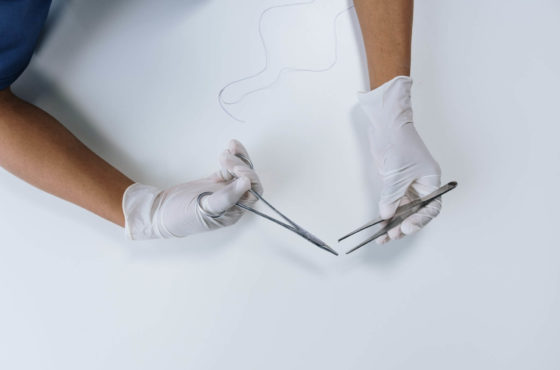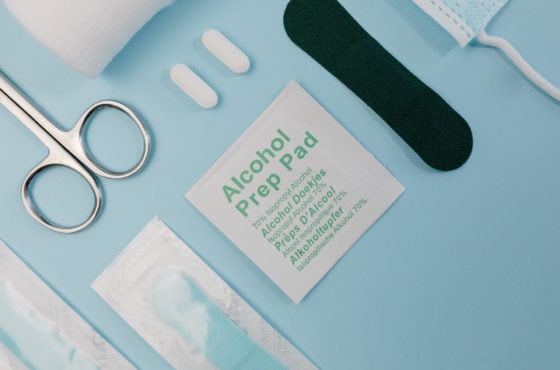The U.S. Food and Drug Administration (FDA) recently finalized an order reclassifying surgical staplers and staples for internal use from Class I to Class II. This means that from now on, the devices will be subject to special controls and will need to undergo premarket review.
Over the years, several adverse event reports related to the devices were received by the FDA. Some of the reports included faulty and malfunctioning surgical staplers.
According to plaintiffs who have filed a surgical stapler lawsuit, a surgical stapler malfunction can result in serious injuries, including internal bleeding, infections, and organ damage, among many others.
This reclassification of surgical staplers and staples is huge progress on the acknowledgment of the potential risks of these devices.
What the Final Order and Guidance Entails
With the reclassification of surgical staplers and staples for internal use from Class I to Class II, the devices will now be subject to stricter requirements. These include the requirement of premarket notification and special controls to help reduce the known risks of these medical devices.
In the FDA classification of medical devices, a Class I device is a low-risk device. This is a device that has a low to moderate risk to a patient. Today, around 47 percent of medical devices on the market fall under this category.
The manufacturer of a device that’s under the generic category only needs to register their establishment and list their product with the FDA.
Some examples of Class I devices include:
- Bandages
- Handheld surgical instruments
- Enema kits
- Manual stethoscopes
- Non-electric wheelchairs
- Bedpans
On the other hand, a Class II medical device is a device that has a moderate to high risk to a patient. 43 percent of medical devices fall under this category. The majority of devices today are considered Class II devices.
Some examples include:
- Powered wheelchairs
- Computed tomography (CT) scanners
- Infusion pumps
The reclassification of surgical staplers and staples for internal use reflects a large number of adverse event reports, including serious injuries and deaths related to the use of surgical staplers in previous years.
Events That Led To The Reclassification
In 2019, the FDA created a proposal to review and address the safety of surgical staplers. The proposal included a new examination of hidden adverse event reports highlighted in a Kaiser Health News investigation.
Reports showed that from January 2011 to March 2018, the FDA received more than 41,000 medical device reports for surgical staplers and staples for internal use, including:
- 366 deaths
- More than 9,000 serious injuries
- More than 32,000 malfunctions
Misfiring and faulty surgical staplers were implicated in the adverse events. Since then, the FDA spent over two years making changes to the regulation of surgical staplers that are used internally.
With the help of a panel of experts who expressed support for the agency’s plans but found fault with some aspects of its proposals, the FDA recently finalized the rule and the guidance on labeling recommendations.
The result?
The final order features changes suggested by a panel and industry experts. One of these includes the removal of cancer recurrence as a potential risk of surgical stapler malfunctions.
Risks Associated with Surgical Staplers
A surgical stapler malfunction during surgery can cause a wide array of injuries and complications, including:
- Sepsis
- Blood loss
- Internal bleeding
- Damage to internal organs
- Infection at the incision site
- Fistula, or an abnormal connection between two organs
- Death
These injuries can occur due to surgical stapler malfunction, misuse, and misfiring of staples. These complications can also lead to prolonged surgical procedures, which can put a patient at risk of additional injuries because of being under the effects of anesthesia longer than what was intended.
This is often used in minimally invasive surgeries as it is meant to both cut and and quickly seal them afterward. According to the FDA, when properly used by surgeons, these devices are considered safe and effective surgical tools.
What Johnson & Johnson Has To Say
Surgical stapler manufacturer Johnson & Johnson, whose recall of its Echelon Flex Endopath staplers was categorized by the FDA as a Class I event, is among the ones who requested for “adverse tissue reaction” to be removed from the devices’ labeling risks.
Had the regulating agency said yes to this request, it would have removed the need for a special control regarding biocompatibility. Fortunately, the FDA said it still sees adverse tissue reactions as a risk of surgical staplers.
It further explained that when some materials from the devices come into contact with tissues, they can cause reactions unless they’re biocompatible.
As a result, manufacturers of surgical staplers and staples for internal use now have to meet the special controls on biocompatibility. These companies need to pass the 510(k) process if they don’t already have one.
The FDA doesn’t plan on enforcing the requirements until 180 days after the release of the final order.
Additional Recommendations for Healthcare Providers
Along with the reclassification, the FDA also updated its letter to healthcare providers regarding its recommendations in reducing the risk of adverse events linked to surgical stapler use. The first letter sent to medical professionals that talked about the safer use of these devices was dated March 2019.
The new and updated letter detailed additional recommendations to help protect patient safety. It also aimed to mitigate the risk of adverse events associated with the use of surgical staplers and staples.
The agency also informed healthcare providers of the new actions they’re taking to ensure safer use of these devices. The FDA hopes that their recent actions on the matter will aim towards a safer and more effective use of devices for surgical stapling.
The regulating agency added that internal surgical staplers and staples are used as a system, they analyzed adverse event reports made for both devices to get a bigger picture regarding the safety profile for these devices.
According to the FDA, the leading cause of adverse effects associated with the use of surgical staplers and staples was improper use of the stapler. Another primary cause was the improper function of the surgical stapler.



